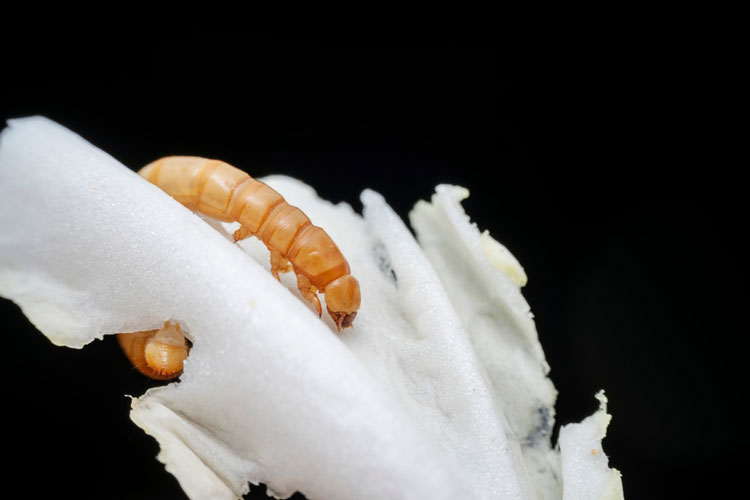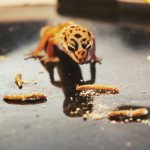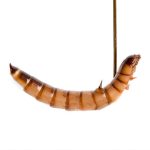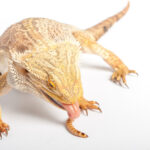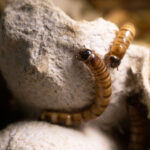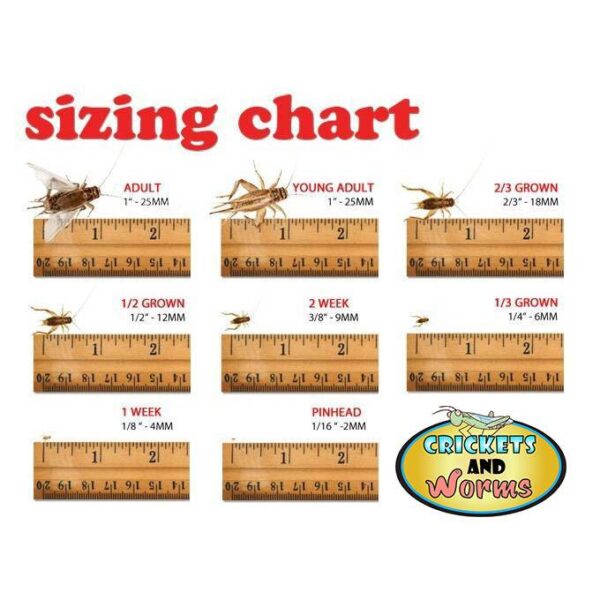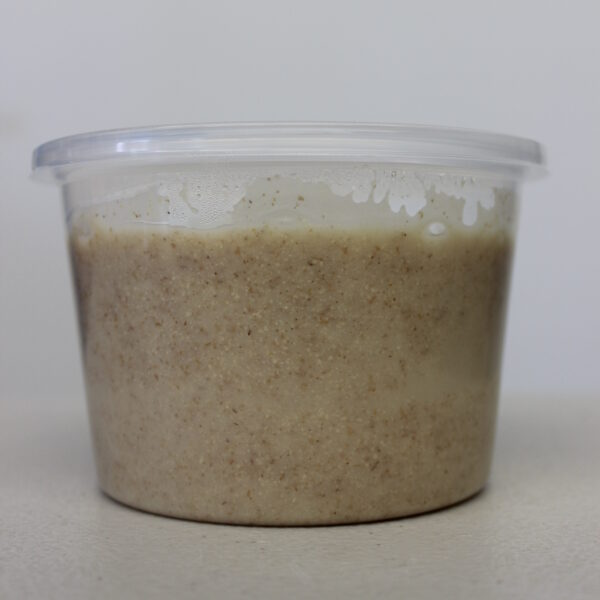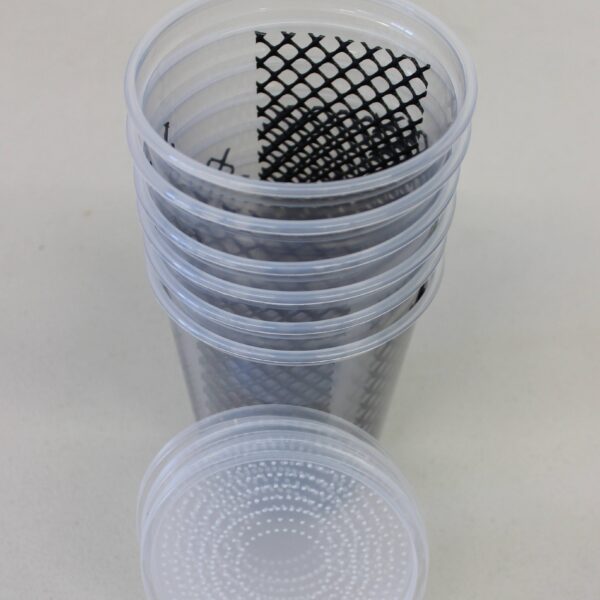Feeding mealworms to your reptile is not just about tossing a few into the terrarium. There are several best practices that can enhance the feeding experience for both you and your pet. Mealworms, a fantastic source of protein, are highly beneficial when fed correctly. Here’s is a Guide to Feeding Mealworms and how you can optimize your reptile’s diet.
Firstly, it’s important to ensure that the mealworms are stored properly. Mealworms can be kept in a refrigerator to prolong their shelf life, but it’s important to take them out and let them reach room temperature before feeding them to your pet. This ensures that they are more active, which stimulates your reptile’s natural hunting instincts, making mealtime more exciting.
Another key practice is gut-loading the mealworms before feeding. Gut-loading refers to feeding the mealworms a highly nutritious diet (such as fresh vegetables or a specialized diet) before offering them to your reptile. This way, your pet gets even more vitamins and minerals from each mealworm, boosting its health and vitality.
Portion control is also essential. Too many mealworms can lead to overfeeding, which may cause digestive issues or obesity in reptiles. It’s crucial to monitor how much your reptile is eating and adjust portions as needed, especially for smaller reptiles or those on a controlled diet.
Additionally, rotating mealworms with other feeder insects like crickets and roaches can provide a balanced diet for your reptile. This variety ensures your pet receives different nutrients while keeping mealtime interesting and engaging. Mealworms alone, while nutritious, may not provide all the essential vitamins, so diversity in their diet is key to optimal health.
Crickets and Worms – Guide to Feeding Mealworms
For the freshest, highest-quality mealworms, Crickets and Worms is a trusted supplier that ensures your reptiles get the best possible food, helping them thrive in their environment. Order online today!

